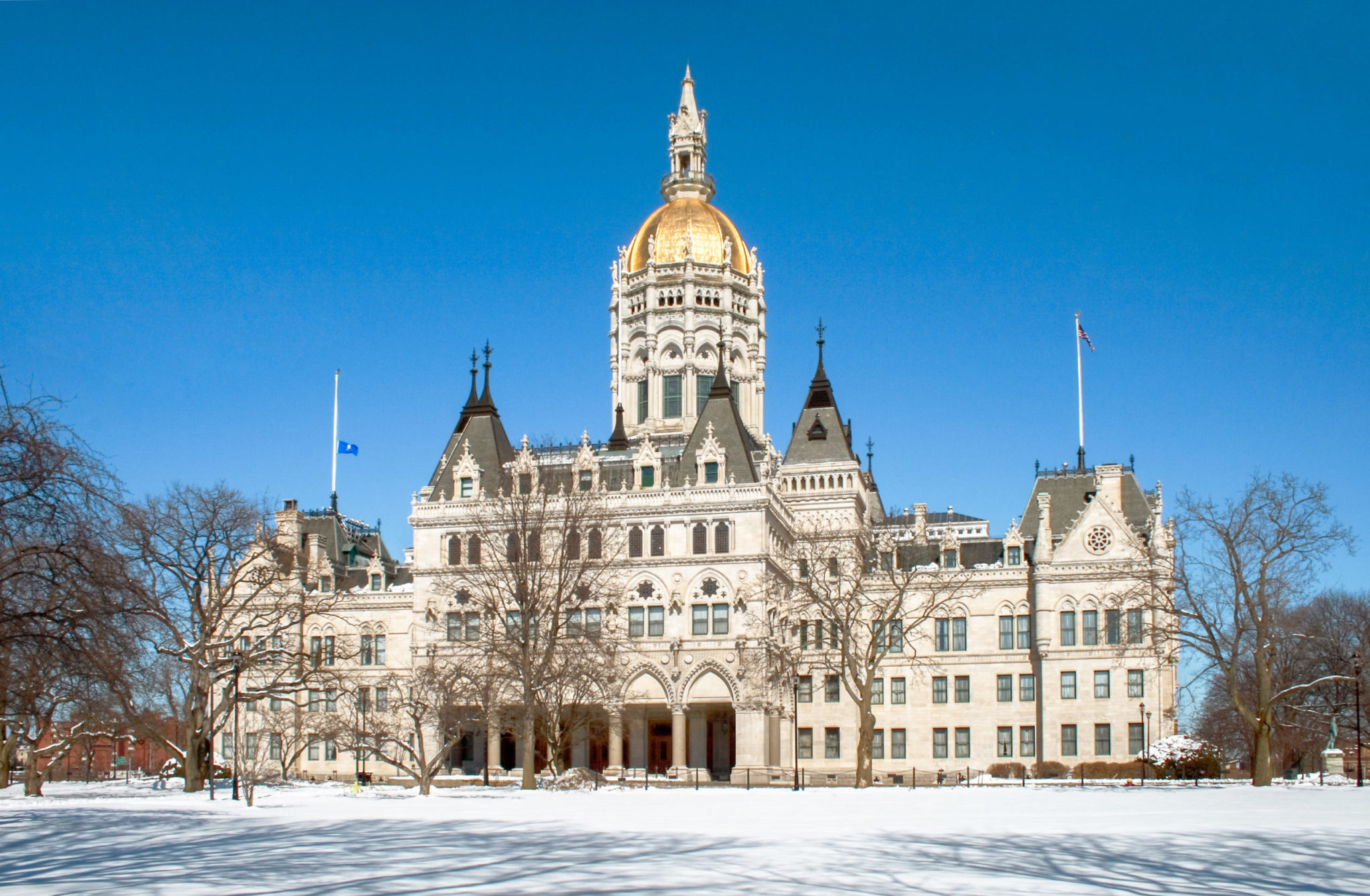
Wikimedia Commons
Last week, Connecticut joined four other states in filing a new air pollution lawsuit against the Environmental Protection Agency.
The lawsuit — one of a number of similar suits the state has joined over the last year — alleges that the federal agency has violated the Clean Air Act by failing to protect downwind states like Connecticut from air pollution originating in a set of mostly-Midwestern upwind states. It asks the court to set dates for the agency draft and implement stricter standards.
“Connecticut has taken strong action within our borders to protect our air quality, but smog does not stop at the state line,” Connecticut Attorney General William Tong said in a press release last week. “EPA must do its job — as the U.S. Court of Appeals ordered — to control cross-state pollution.”
Connecticut has until 2021 to show compliance with federal ozone standards that it does not currently meet. Most of the state’s ozone levels, however, originate from across state lines. According to Connecticut’s Department of Energy and Environmental Protection, pollution originating in other states contributes to more than 90 percent of ozone levels in southwestern Connecticut — the area closest to the New York metro area — and more than 80 percent of ozone levels in other areas of the state.
Last October, a federal Court of Appeals in D.C. ordered the agency to develop stricter standards for upwind states in a similar case filed by the state of New York, which was also joined by Connecticut. The EPA did not seek rehearing in the case — meaning it was required to draft stricter standards under the “Good Neighbor” provision of the Clean Air Act, which the new suit alleges it did not do.
When asked Friday if the agency had begun to draft revised standards, a spokesperson for the EPA said in an email to the News that the agency does not comment on ongoing litigation.
In early January, Connecticut, alongside lead state New Jersey and New York, withdrew a similar lawsuit against the EPA. That lawsuit had alleged failure to regulate cross-state air pollution from Pennsylvania and Virginia, two of the states also named in the suit filed last week. Connecticut Public Radio reported at the time that EPA had cited those two states, resulting in the suit’s withdrawal. In mid-January, Connecticut and New York filed another separate air pollution lawsuit against the agency.
The other states to join New Jersey and Connecticut in the most recent lawsuit are New York, Delaware and Massachusetts.
Talia Soglin | talia.soglin@yale.edu







